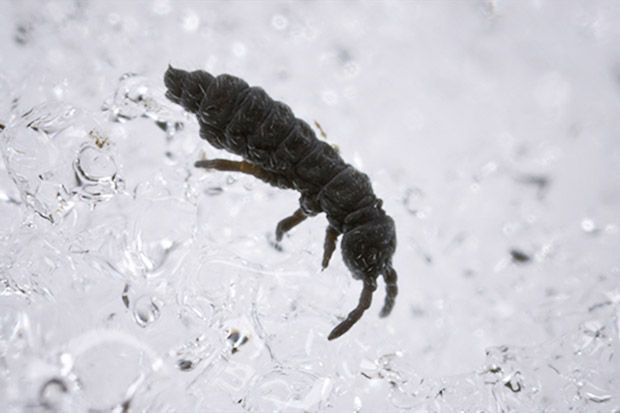HOW DO FISH SURVIVE THE WINTER?
The question of “how do fish survive the winter?” allows me to delve into a bit of biology, physics, and limnology. Hold on. This is going to be cool (pun intended). The biology of the matter is that fish are ectotherms (they rely heavily on their environment to maintain their body temperature). When temperatures are cold, they are less active, their metabolism slows, and they need less oxygen and food. Now for the physics. Water is most dense (“heaviest”) at 4°C (39°F). When it gets colder, it becomes less dense (lighter) to the point of freezing. We all know ice floats. Likewise, temperatures above 4°C are less dense and float. Now for the limnology! (Side note – I love limnology. It is the study of water. It was the first class I took in college where physics, chemistry, and biology became intertwined for me.) Because water temperature influences water density, different temperatures form different layers in lakes and ponds. If you have ever jumped into a lake, you know I’m not making this up! When you jump in (I’m assuming you are doing this in summer!) the top layer is warm, heated by the sun. Then as you go deeper you hit a zone where temperature changes quickly (the thermocline) and then even deeper to the coldest (most dense) water. In winter, the cold air causes the top layer of water to become cold and sink. This process continues and causes the lake or pond to mix (called mixis). When the top layer of water gets cold enough to freeze, that water is less dense than the water below it and it floats (ice). Curiously this layer of ice can insulate the water below. So, in winter, your fish are swimming below the ice in the “warmest” and most dense layer of water at a snuggly 4°C. Generally, in the Ozarks, a fish pond should be at least 8 feet deep giving plenty of “warm” water for your fish to hang out in during winter.


